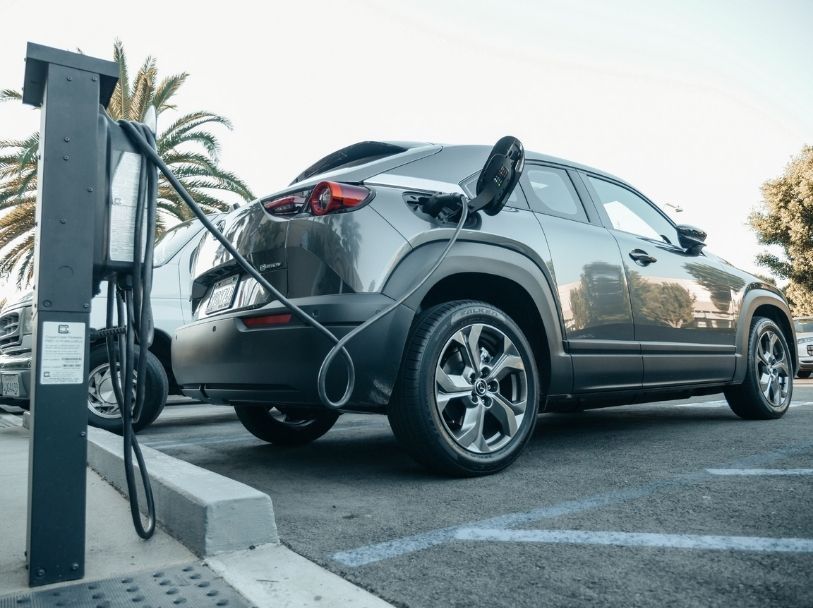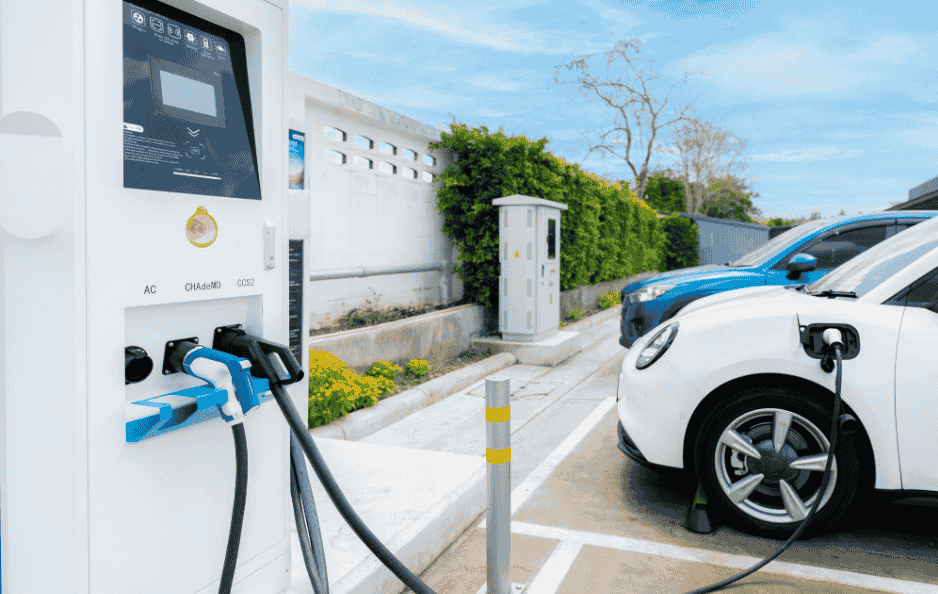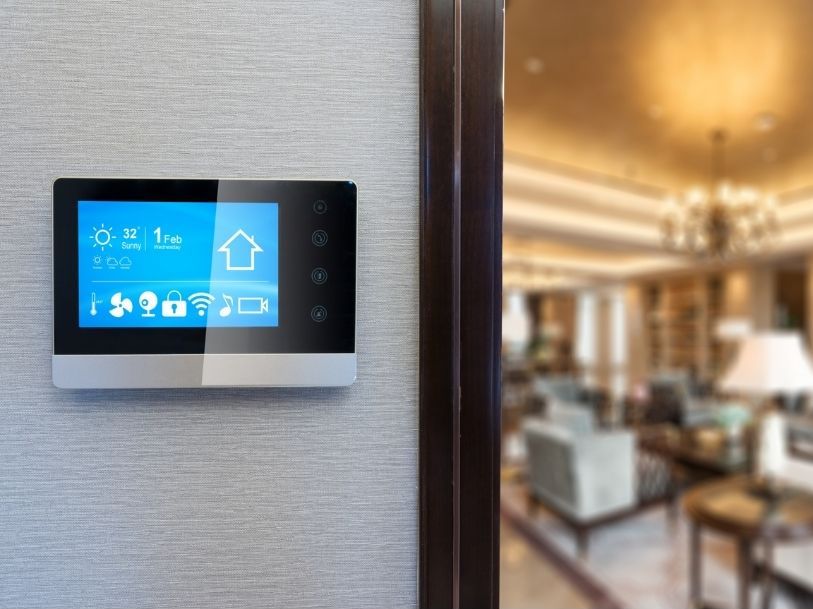🚨 The Challenge
- 1000+ EV charging stations across 12 cities, built using hardware from 5 different vendors
- No centralized system to monitor charger uptime, performance, or status
- Frequent failures and offline chargers went unnoticed, hurting customer experience
- Manual diagnostics and firmware updates led to operational inefficiency
- Needed to scale operations quickly without growing the ops team

💡 The Wavefuel Solution
✅ 1. Multi-Vendor Device Integration
Wavefuel connected all chargers via MQTT, HTTP, and WebSockets, regardless of brand or firmware—creating a unified management layer.
✅ 2. Real-Time Visibility & Dashboards
Using Halo, the operations team could visualize live data: charge sessions, availability, power draw, fault status, and usage heatmaps.
✅ 3. Automated Monitoring with Rule Engine
Wavefuel’s Rule Engine enabled smart automations—offline charger alerts, auto-restart commands, and SLA breach notifications based on real-time metrics.
✅ 4. AI Assistant for Operations Team
Support agents used Lighthouse AI to run diagnostics via chat, ask for status by location or charger ID, and remotely trigger restarts.
✅ 5. OTA Firmware Updates
Chargers were grouped and managed for bulk over-the-air updates—reducing field visits dramatically.
📈 The Result
- 🚀 Network uptime improved by 98.5% (up from 89%)
- 💬 70% of faults resolved remotely, saving time and field resources
- 📉 Support calls dropped by 60% due to proactive alerts
- ⚙️ New charger onboarding time reduced by 75%
- 📊 Executive reports auto-generated for city-specific rollout and performance metrics

🧠 Key Features Used
- Multi-Protocol Integration (MQTT, HTTP, WebSocket)
- AI Assistant
- OTA Update Management
- Custom analytics and dashboards
- SDK support for internal tools and apps




